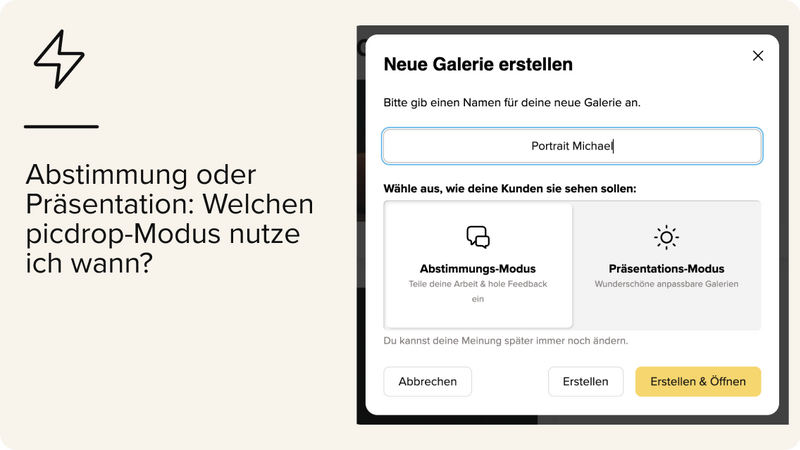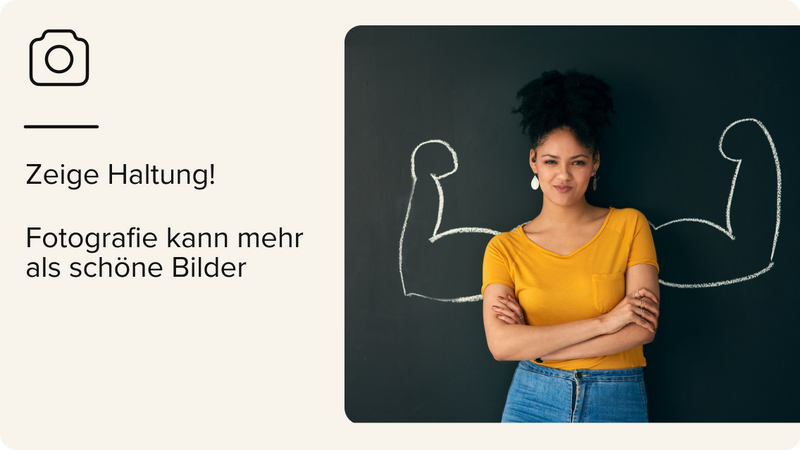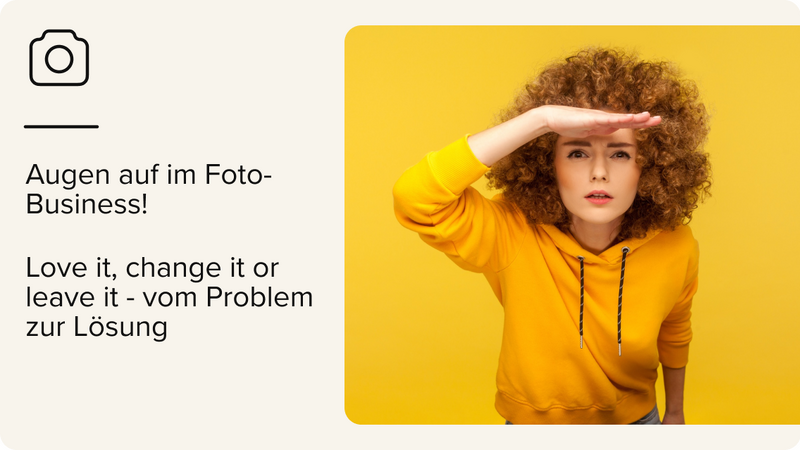How to Become a Photography Assistant
A Comprehensive Guide
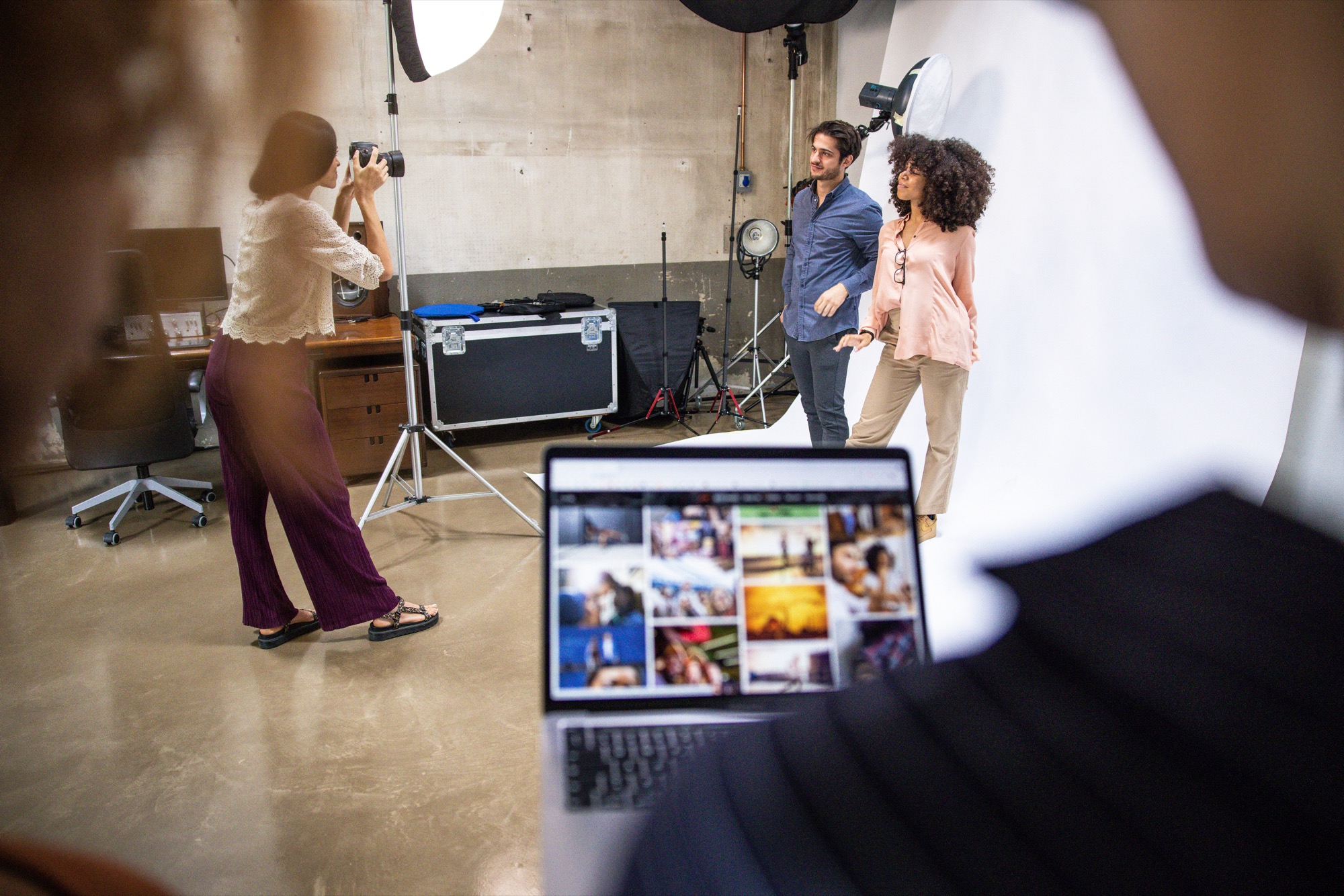
Becoming a photographer assistant is a fantastic way to break into the photography industry. It offers you an invaluable opportunity to learn from experienced professionals, develop your skills, and make meaningful connections. But getting your foot in the door isn’t always easy. Whether you're fresh out of school or pivoting from a different career, this guide will walk you through everything you need to know about becoming a successful photo assistant.
Understanding the Role of a Photo Assistant
Before diving into the "how," it's crucial to understand what a photography assistant does. As a photo assistant it is your job to help a photographer in various aspects of their workflow, which may include:
- Setting up and tearing down equipment (lights, stands, cameras, backdrops)
- Assisting with lighting and props
- Preparing the location or studio for the shoot
- Managing files, batteries, and other supplies
- Handling image transfers and possibly initial editing
- Transporting equipment and crew, often including yourself and the photographer
The role often involves a mix of technical, creative, and physical work. It’s more than just holding a light or moving gear; a great photo assistant anticipates the needs of the photographer and contributes to the smooth running of the shoot.
Freelance vs. Hired Photo Assistants
Photo assistants can work in one of two main ways: as freelancers or as hired (staff) assistants. Each path has its own set of benefits and challenges, and your choice may depend on your lifestyle preferences, career goals, and availability. Often, one leads to the other. Let’s dive into the differences between these roles and how to get started in each.
Freelance Photo Assistant
A freelance photo assistant works on a project-by-project basis and is not tied to a specific photographer or studio. They have the flexibility to work with multiple photographers, studios, or clients, often on varied types of shoots.
Advantages
- Variety of Experience: Freelance assistants gain exposure to many different styles of photography, from commercial to editorial to event shoots.
- Networking Opportunities: Working with multiple photographers and clients can lead to broader networking opportunities, which is great for building industry connections.
- Flexible Schedule: You have the freedom to choose your work schedule, accepting or declining gigs based on your availability and interests.
- Higher Income Potential: As a freelance assistant with many booked days, you're likely to earn more total income per month than a hired staff photo assistant, depending on your skill set.
Disadvantages
- Inconsistent Income: Freelancing often comes with periods of downtime, and your income may fluctuate month to month based on the number of gigs you get.
- No Job Security or Benefits: Freelancers are not entitled to benefits like health insurance or paid leave, and you’re responsible for your own taxes and expenses. (In reality, most hired staff photographers face similar risks, as many photographers attempt to avoid official employment. This practice, while common in our industry, can be legally problematic.)
- Self-Marketing & Management: You'll need to actively market yourself, handle contracts, negotiate rates, and manage your time and finances independently.
How to Get Started as a Freelance Photo Assistant
1. Build a Portfolio & Network: Start by building your portfolio and networking through photography events, online communities, and social media. Establish connections with photographers who may need assistance on a per-project basis.
2. Network with other assistants: Other assistants are often the best way to land your first gigs. Most assistants recommend colleagues when a photographer tries to hire them but they're already booked or unavailable. Get to know as many peers as possible, share your skills, and help each other out! Remember to reciprocate and don't try to poach "their" photographer just because you've been recommended once. Patience is key!
3. Market Yourself: Create a professional online presence. A simple website or social media profile showcasing your work and skills can help you reach potential clients.
4. Send Cold Emails: It might be challenging to receive as many positive responses as you'd like, but creating a list of photographers you want to work for and sending them brief emails to make them aware of your existence is crucial. The day will come when their first and second choices aren't available, and you might get your chance!
5. Freelance Platforms & Job Boards: Use freelance photography platforms, job boards, or specific groups on social media where photographers post assistance needs. Sites like Craigslist, Indeed, photoassistent.com or niche photography networks can be helpful.
Hired (Staff) Photo Assistant
A hired photo assistant works as part of a permanent team for a single photographer, studio, or company. In this role, you are essentially employed as a part- or full-time assistant with a consistent workload.
Advantages
- Steady Income & Benefits: Working as a hired assistant offers a more reliable income, and you may be entitled to employee benefits like healthcare, vacation pay, and overtime.
- In-depth Learning Experience: Working consistently with the same photographer or studio allows you to learn their style and workflow deeply. This consistent environment can help you specialize and develop a focused skill set.
- Job Security: You have a stable work environment with defined expectations and potentially long-term job security.
Disadvantages
- Less Variety: Working for a single photographer or studio can limit the variety of experience and types of shoots you are exposed to.
- Set Schedule: As a staff assistant, your schedule will be dictated by the studio or photographer's needs, which may offer less flexibility than freelance work.
- Limited Networking Opportunities: Since you’ll primarily be working with one photographer or studio, your professional network may grow more slowly than a freelance assistant who works with different photographers regularly.
How to Get Started as a Hired Photo Assistant
1. Look for Studio or Photographer Job Listings: Many studios and established photographers post job openings for staff assistants on job boards, their websites, or professional networks like LinkedIn.
2. Intern or Apprentice: If you're just starting, consider seeking out internship or apprenticeship opportunities. These can often lead to permanent positions within the same studio or photographer’s team.
3. Research & Apply Directly: Find photographers or studios whose work aligns with your interests and reach out directly. Even if they don’t have a formal job posting, expressing interest can sometimes lead to opportunities when a position becomes available.
4. Work as a freelancer: As a freelancer, you'll connect with numerous photographers and studios. Don't hesitate to express your interest in full-time positions—let them know you're open to being hired!
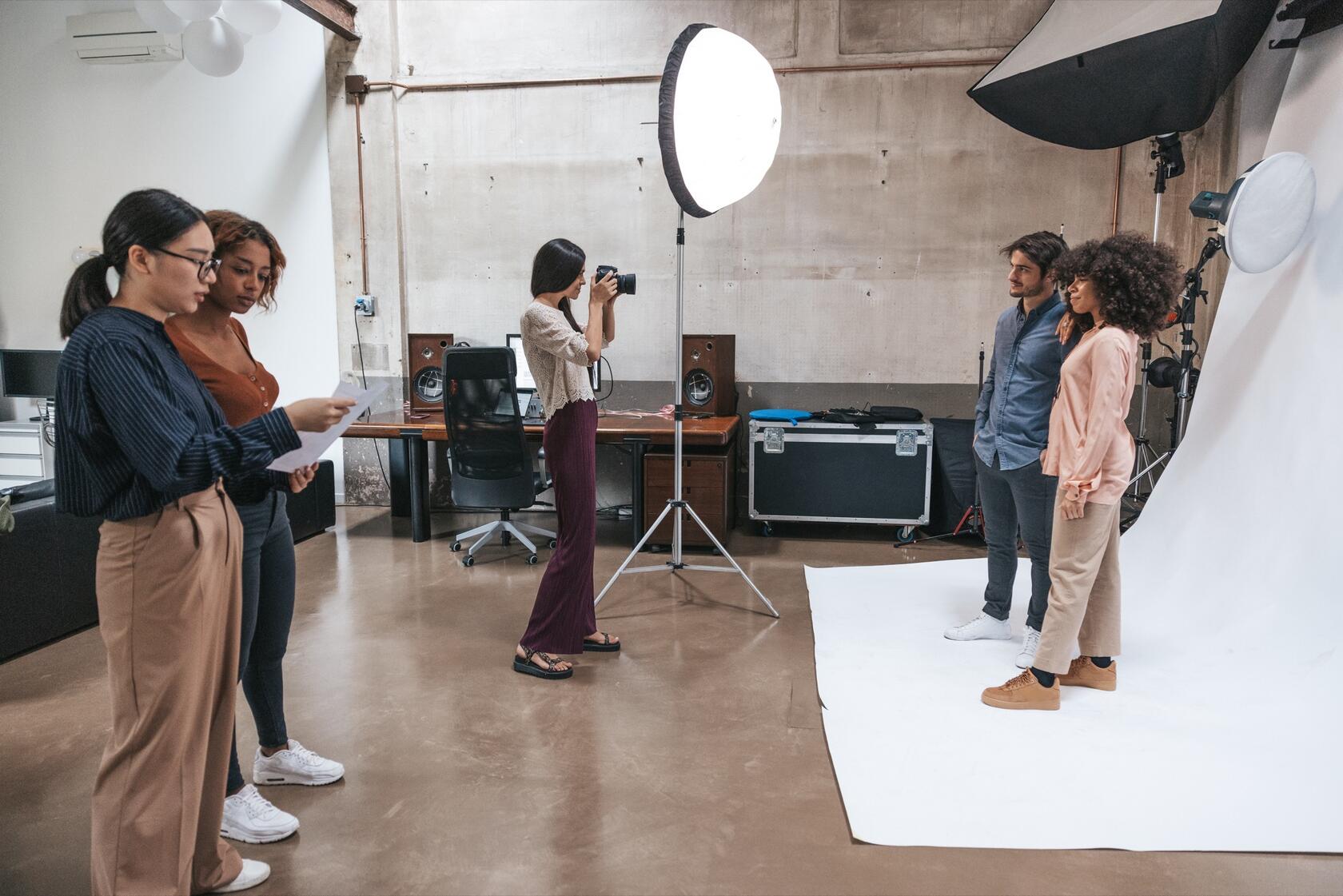
The Difference Between a First, Second, and Third Photo Assistant
In larger or more complex photoshoots, there is often a need for multiple assistants to ensure everything runs smoothly. Each assistant has specific responsibilities, which vary based on their rank in the team and the requirements of the shoot. Understanding the differences between a first assistant, second assistant, and sometimes even a third assistant can help you better understand where you fit in and what to expect as you grow in your role.
Choosing the Right Role and Progression
Starting as a third assistant is often the best way to get your foot in the door, allowing you to observe and learn from more experienced assistants and photographers. As you gain experience, confidence, and technical skills, you can progress to a second assistant role and eventually become the first assistant, where you'll have more responsibility and closer interaction with the photographer.
Each role offers different learning opportunities, so take every opportunity to understand how different shoots work, build relationships with the team, and gain experience. As you advance from third to first assistant, you’ll naturally become more involved in the creative and technical aspects of each shoot, preparing you for more significant roles in the photography world.
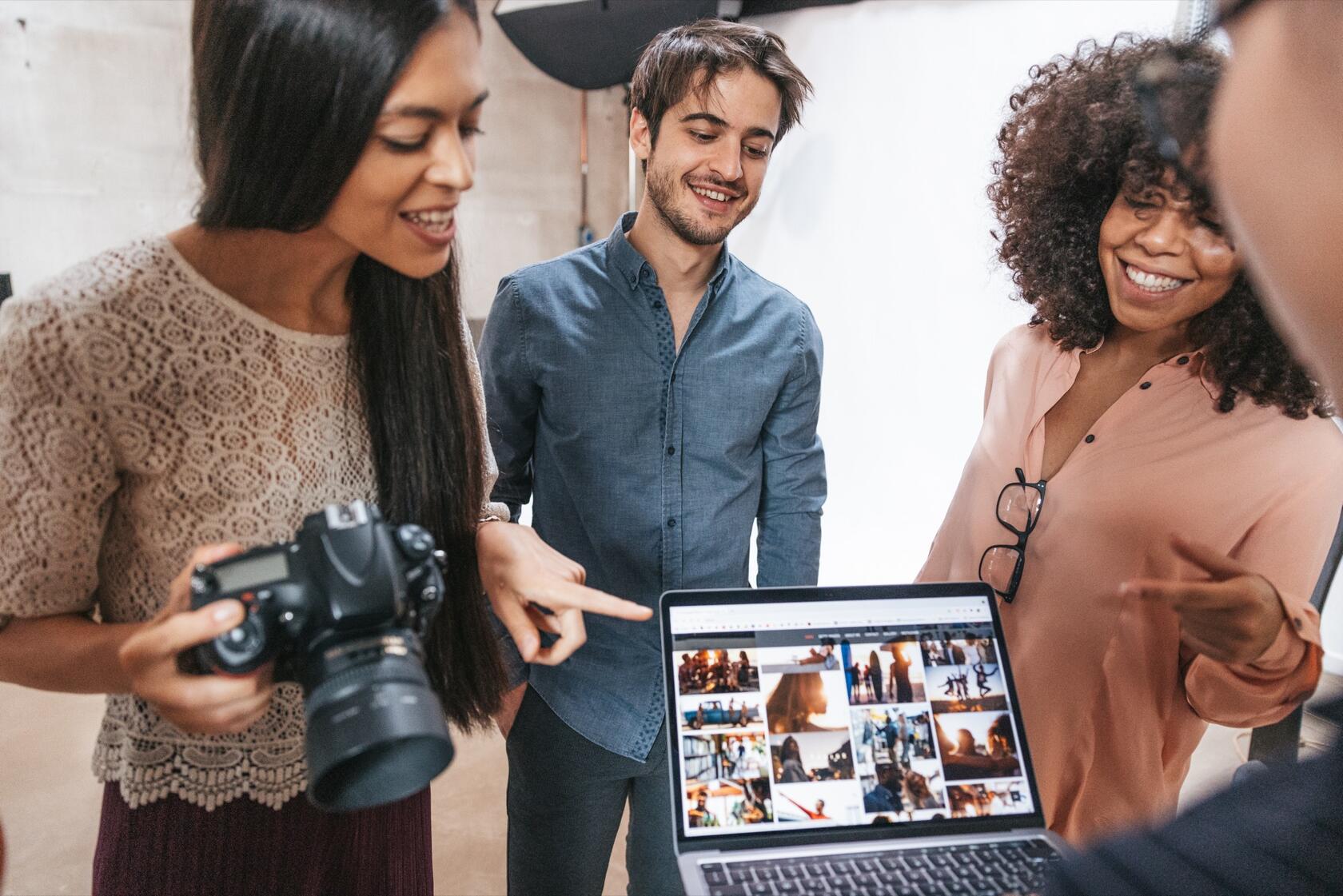
Finding and Choosing the Right Photographers to Assist
Selecting the right photographer to assist can shape your learning experience and career trajectory in profound ways. It's not just about finding someone who needs help; it's about finding a photographer whose style, work ethic, and approach align with your own goals and interests. Here are some tips on finding and choosing the right photographers to assist:
1. Identify Your Interests and Goals
Before reaching out to potential photographers, take some time to reflect on your own interests and long-term goals in photography. Are you interested in fashion, weddings, product, commercial, or documentary photography? Knowing the type of work you want to pursue helps narrow down the field of photographers who will be the best fit for you. Assisting a photographer whose niche aligns with your goals will provide the most relevant learning experiences and skills.
2. Research Photographers in Your Area
Start by researching local photographers. Explore their websites, social media profiles, and portfolios. Look for photographers whose work excites you and resonates with the type of photography you want to pursue. Pay attention to their style, approach, and the types of projects they work on. This will give you a good idea of what it's like to be on their set and whether their work environment aligns with what you're seeking.
- Use platforms like Instagram and LinkedIn to discover photographers and view their recent work.
- Check out local photography associations, studio directories, and professional organizations for photographer listings.
- Look for behind-the-scenes videos or blog posts that showcase how photographers work on set.
3. Attend Photography Events and Meetups
Photography events, workshops, gallery openings, and meetups are excellent places to meet photographers in person. Engaging with photographers face-to-face allows you to make a lasting impression and learn more about their work and needs. Use these opportunities to ask questions, introduce yourself, and express your interest in assisting.
4. Look for Photographers with Growth Potential
If you’re aiming to grow in your assisting role, look for photographers who are active in their business and take on a variety of projects. A photographer who works across different types of shoots (e.g., commercial, editorial, weddings) and is steadily growing their client base can offer you diverse experiences and opportunities to learn new skills. Moreover, as they grow, so might your opportunities for more work or advanced roles.
5. Consider Personality and Work Style
Assisting isn’t just about learning photography skills; it’s also about being a good fit with the photographer’s personality and work style. You will be spending long hours together, sometimes in high-stress situations, so it’s important to choose someone whose approach to work you can align with. Look for photographers who:
- Have a clear and respectful communication style.
- Foster a collaborative and supportive environment on set.
- Share a similar approach to creativity and problem-solving.
If you have a chance to speak with them before working together, ask questions about their workflow, expectations, and how they like to run their shoots. Getting a sense of their personality can help you determine if you’ll be a good fit.
6. Seek Out Learning Opportunities
The primary goal of assisting is to learn, so choose photographers who are willing to mentor and share their knowledge. Some photographers may actively teach their assistants about lighting, camera settings, and composition, while others may expect you to learn by observing. Finding a photographer who enjoys teaching and values the growth of their assistants can make your experience more rewarding and beneficial.
7. Don’t Be Afraid to Start Small
If you’re just starting, don’t feel like you need to immediately assist top photographers or the most popular names in the industry. Some of the best learning opportunities come from smaller studios or emerging photographers who may be more hands-on and willing to guide you closely through the process. Working with a smaller operation may also give you more chances to take on varied responsibilities and develop a wider range of skills.
8. Evaluate Their Reputation and Professionalism
It's crucial to work with photographers who are reputable and professional. Ask around in the photography community, read reviews or testimonials, and, if possible, speak to other assistants who have worked with the photographer. You want to ensure that you’ll be entering a safe, respectful, and professional work environment where your contributions are valued.
9. Start Reaching Out Professionally
Once you have a list of photographers you'd like to assist, start reaching out to them. A polite and professional email or message is best, where you introduce yourself, express your admiration for their work, and convey your interest in assisting them. Personalize each message to show that you’ve done your research on their work, and highlight any relevant skills or experiences you can bring to the table.
-
Example Message:
Hi [Photographer's Name],
My name is [Your Name], and I’m interested in gaining more experience in [specific type of photography, e.g., fashion/editorial]. I’ve been following your work for a while, and I am really inspired by your [specific aspect of their work, e.g., use of lighting or composition]. I would love the opportunity to assist you on any upcoming shoots and learn from your creative process. I have experience with [any relevant skills/equipment], and I am quick to learn and eager to help out in any way I can.Thank you for considering me, and I hope to connect soon!
Best regards,
[ Your Name]
Choosing the right photographers to assist is a combination of aligning your interests with theirs, ensuring your work styles mesh well, and finding opportunities to grow. Working with photographers who inspire you and whose careers you’d like to emulate will make your experience more rewarding and set you on the right path in your journey as a photo assistant.
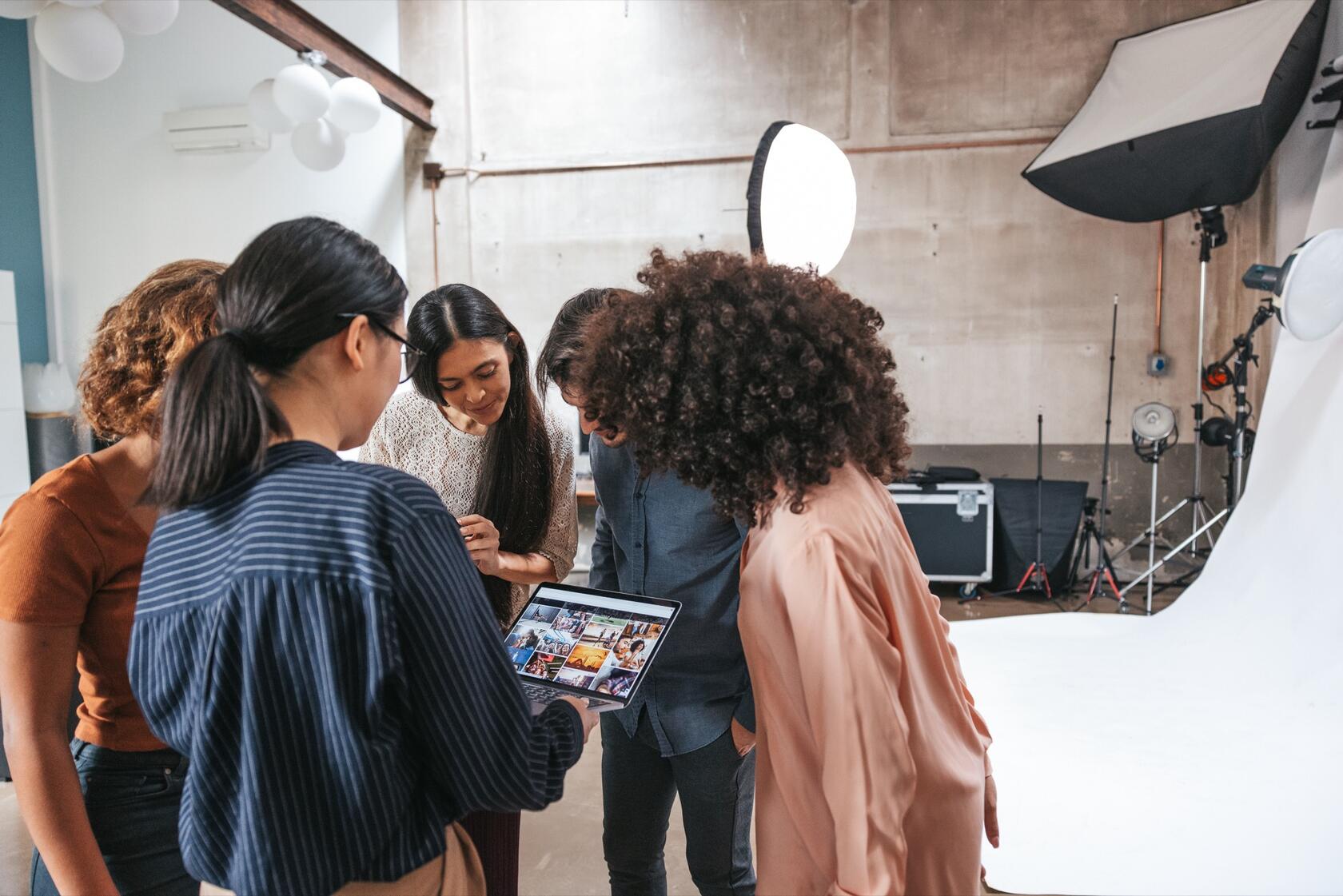
Learn the (Technical) Skills
While technical knowledge isn't the only aspect of being a photo assistant, it's certainly foundational. Understanding the tools of the trade will not only make you more valuable to a photographer but will also build your own skills for the future. Here are some key technical areas to focus on:
Lighting & Equipment
Become familiar with various types of lighting (both natural and artificial), such as softboxes, strobes, continuous lights, and reflectors. Learn how to set them up and position them properly. Understanding lighting techniques is crucial since lighting is often one of the most important aspects of a photoshoot. Also, learn how to properly handle cameras, tripods, stands, and grips.
Camera Operations
Understand how different camera systems work (e.g., Canon, Nikon, Sony). Get comfortable with the basics of shooting in manual mode, including ISO, aperture, and shutter speed settings. Knowing how to make adjustments on the go, swap lenses quickly, and troubleshoot common issues will make you an indispensable asset.
-
💡 Did you know?
As you can't own all the different gear, rental places, colleagues, and photographers prefer you to be open about what you know and don't know. Is a photographer using a certain camera or strobe you're unfamiliar with? Ask them to let you learn how to handle it before the shoot! Also, call your local rental place to ask if you can come by and check out a specific piece of equipment. They're very likely to say yes.
Editing Software & File Management
You should be familiar with programs like Adobe Lightroom, Photoshop, and Capture One, as they are industry standards for editing and file organization. Additionally, learn how to share images, back up data, and organize files efficiently – crucial tasks during and after a shoot.
Build a Diverse Skill Set
A photo assistant often needs to be a "jack-of-all-trades." The more versatile you are, the more valuable you'll be. Here are some complementary skills that can set you apart:
Problem-Solving & Flexibility
Every photoshoot is different, and issues can arise quickly – anything from equipment malfunction to changing weather. Being a quick thinker who can adapt and come up with solutions on the fly is a highly valuable skill.
Strong Communication & Teamwork
You’ll be working directly with photographers, models, makeup artists, clients, and other assistants. Being able to communicate clearly, take direction well, and work cohesively with a team is key.
Stamina & Physical Fitness
The work of a photo assistant can be physically demanding. You'll be on your feet, lifting equipment, and potentially working long hours. Make sure you’re prepared to handle the physical aspects of the job.
Create a Professional Portfolio & Résumé
When approaching photographers for assisting gigs, having a professional portfolio and résumé ready is essential. You don’t need to have an extensive body of work, but showcasing your own photography and demonstrating that you understand lighting, composition, and editing will help.
-
❗️But beware!
Remember that being a photo assistant is all about helping photographers achieve their goals during a photoshoot. While showcasing your own photography skills and results can be beneficial, it's crucial to understand that your daily work revolves around their vision — not yours. Your role is to support and enhance the photographer's work, not to promote your own. Nobody likes a photo assistant who constantly reminds everyone that they could do the job themselves or even better.
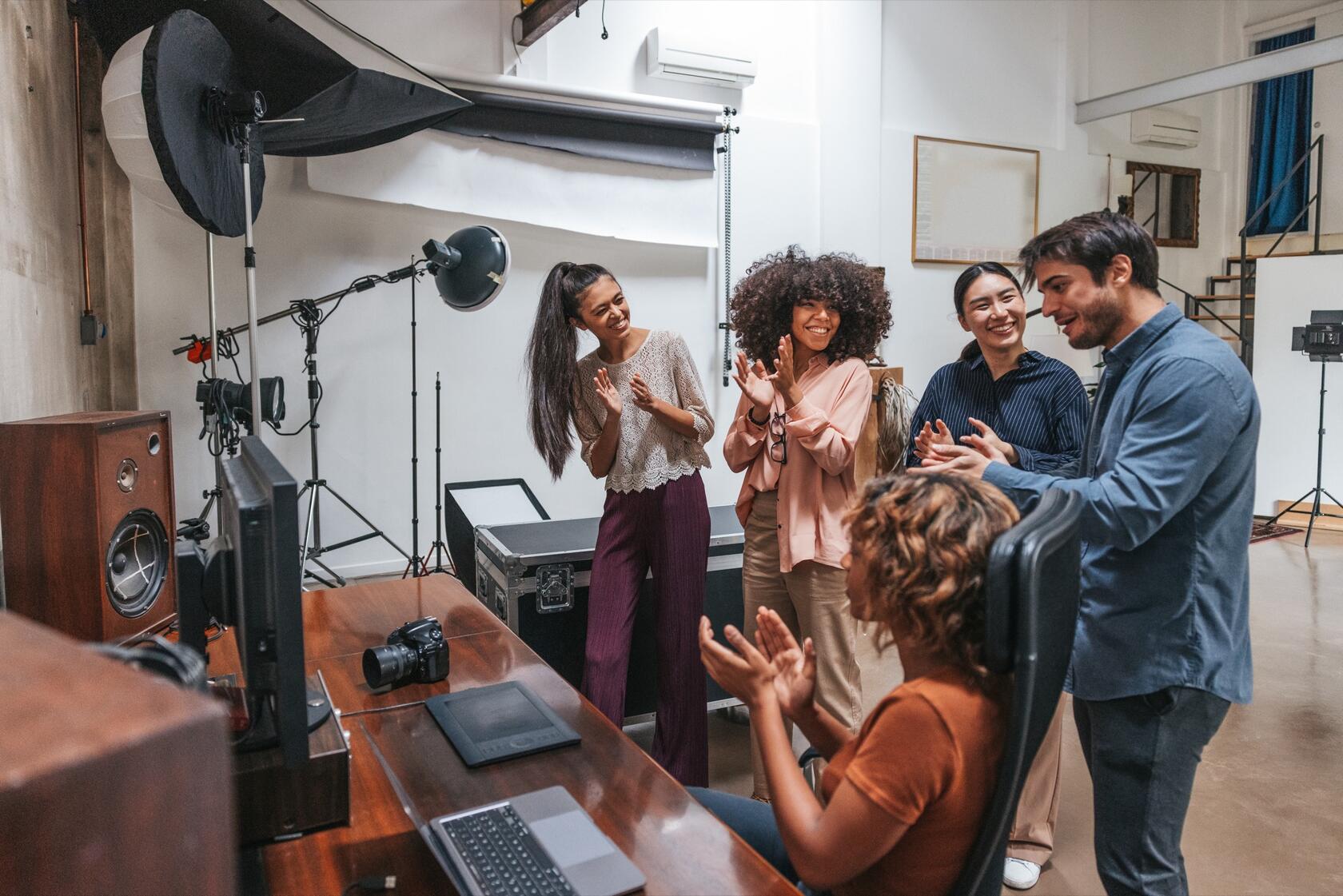
How to Find Photography Assistant Jobs
Start Small & Volunteer
When starting out, it’s okay to assist for free or for a small fee to gain experience and build your network. Look for local photographers who may need an extra hand during a shoot. Reach out via email or social media with a polite, professional message offering to assist.
Even volunteering to help with personal projects or test shoots can provide practical experience. As you gain confidence and skills, you can start charging for your time.
However, be cautious of photographers who might exploit your willingness to help. It's acceptable to do a small test shoot or editorial to get acquainted, but repeating this without compensation isn't appropriate. Set clear boundaries and maintain them firmly if needed.
Build a Simple Online Portfolio
Use a platform to create a clean, simple portfolio that highlights your work as an assistant. You don’t need to overwhelm the viewer; quality over quantity matters. A selection of strong images that represent your style and skillset is enough.
Craft a Strong Résumé
Your résumé should emphasize any relevant experience, such as working in a studio, assisting other photographers, or even transferable skills from other industries. Clearly list your technical skills (e.g., lighting setup, retouching, file management) and any equipment you’re familiar with.
The most important rules
Be Professional & Reliable
Professionalism is crucial when working as a photo assistant. Remember these key points:
- Be on Time: Show up early and be ready to work. Punctuality sets the tone for a reliable reputation.
- Be Observant & Anticipate Needs: A great assistant stays a step ahead, watching the photographer and the flow of the shoot to anticipate what’s needed next.
- Stay Positive & Enthusiastic: Shoots can be stressful, so a positive attitude and willingness to take on any task (big or small) is appreciated.
Leverage Your Experience as a Stepping Stone
Being a photo assistant is often the first step toward a broader career in photography. As you gain experience, keep refining your own skills, developing your portfolio, and establishing your own style. The goal is to use your time as an assistant to learn, grow, and build your own brand. Working closely with a professional photographer will expose you to the business side of photography. Pay attention to how they handle client communication, invoicing, contracts, and the logistics of planning a shoot. This business experience is invaluable for your future, especially if you plan to eventually become a full-fledged photographer.
Conclusion
Working as a photo assistant is one of the most rewarding and eye-opening jobs in the world of photography.
But it is also a journey that requires hard work, dedication, and a willingness to learn. It’s an excellent way to gain real-world experience, build valuable connections, and sharpen your technical skills in a professional environment. By following these steps and embracing every opportunity that comes your way, you'll be well on your path to a successful career in the photography world.

